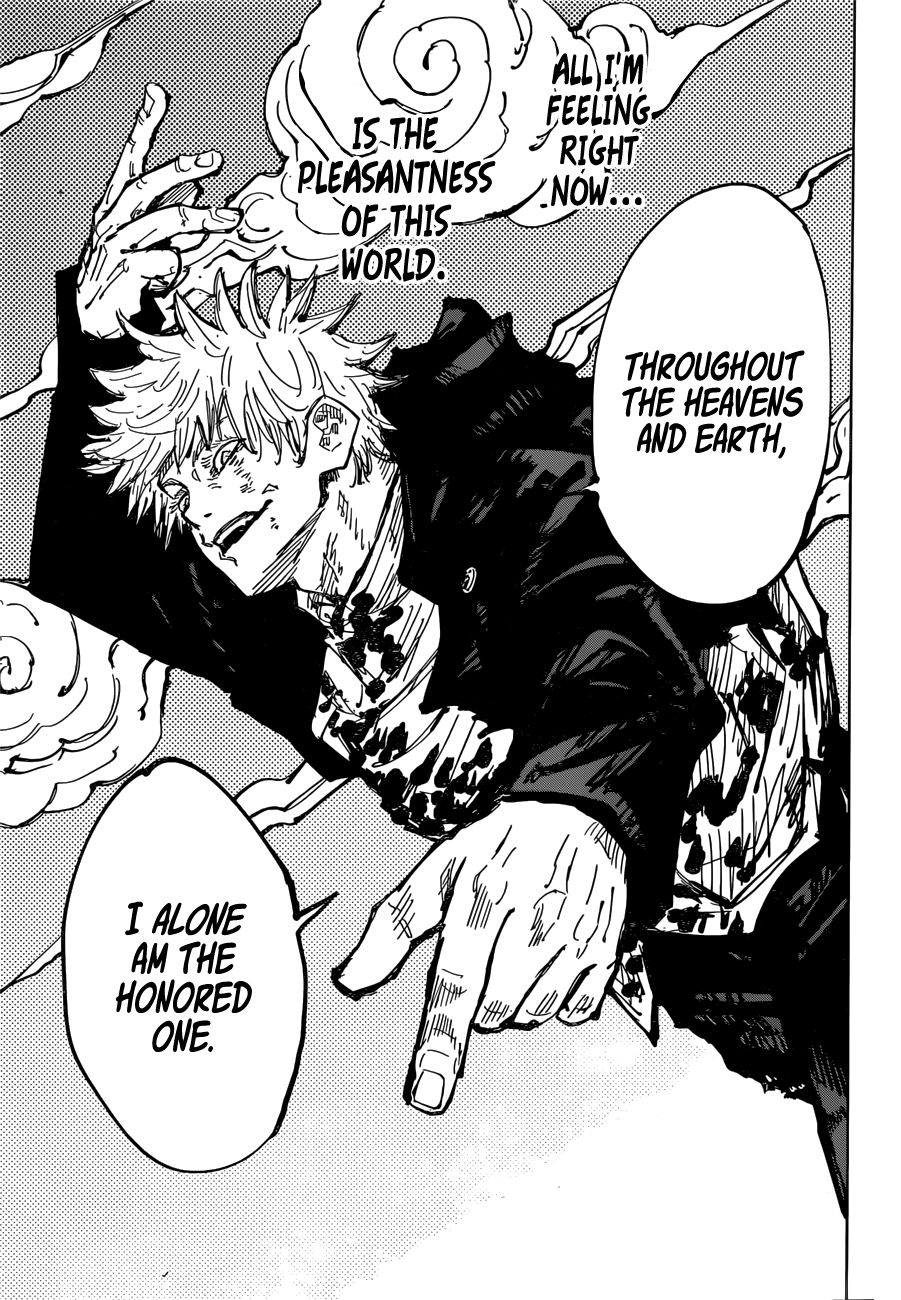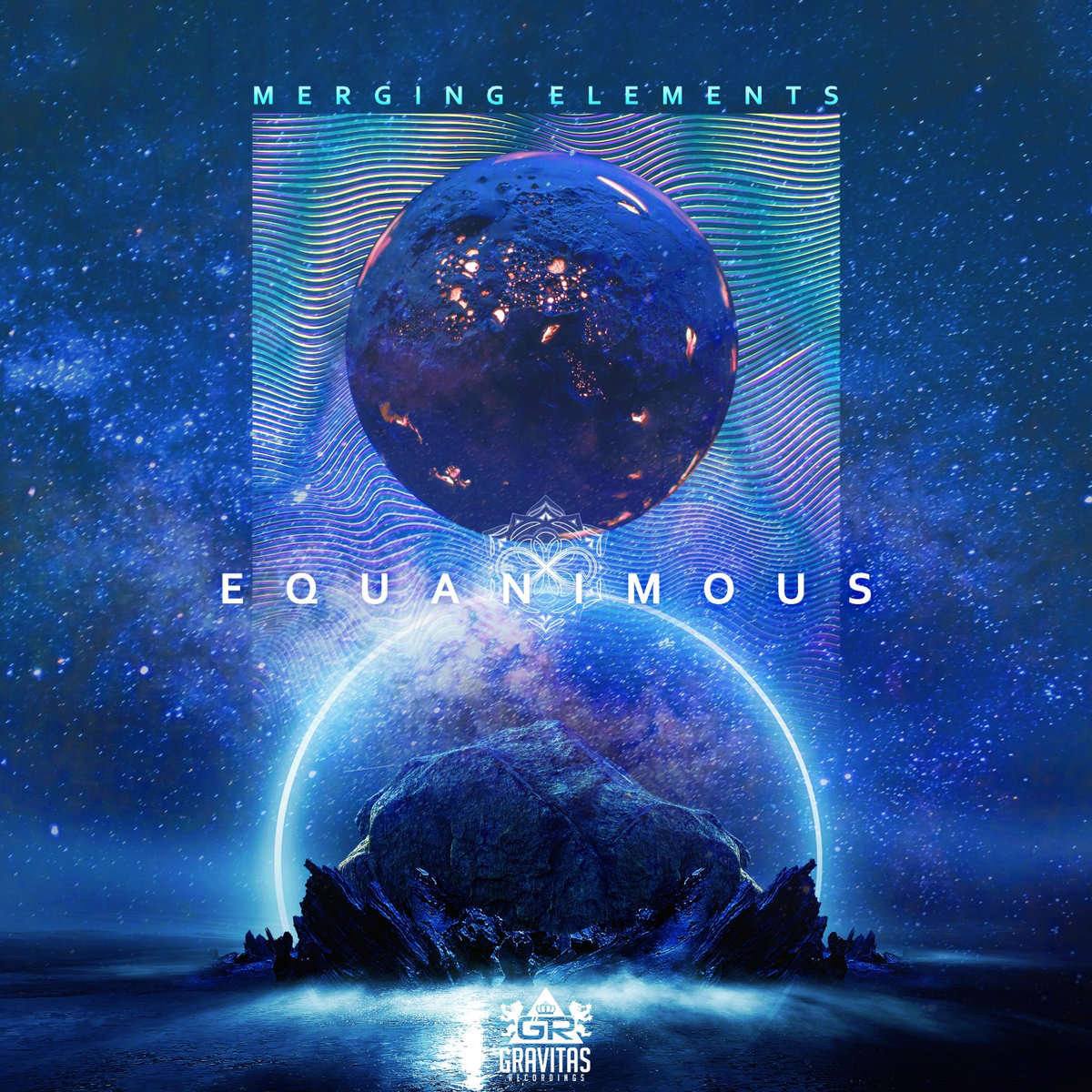A Piece Presented by T-Rod:
Gege Akutami’s hit series Jujutsu Kaisen is on a roll right now. With the manga having reached yearly sales that have eclipsed titans like One Piece and the anime’s second season setting social media on fire weekly, Jujutsu Kaisen is one of modern anime’s biggest entities.
But why though? On the surface, JJK seems to be the standard horror shonen affair: big fights, big scares, big comedy. But compared to most other series creators, Gege Akutami has employed several cursed writing techniques that have made this series stick, despite the restrictions that these techniques come with.
Join me on this writing exercise as I attempt to curse you with the brilliance of this short and impactful series!
Cursed Technique #3: Expanding the Domain of Fights
What does a fight mean in a story? Action is usually used to portray the conflict of a story, and when done well can be the icing on a cake to some great setups. Battles like Luke’s duel with Vader in Star Wars, the Battle of Helm’s Deep in Lord of the Rings, they’re visually impressive but all serve as extensions of the characters and story beats they represent. In shonen, fights are everywhere and follow that same ethos. Jujutsu Kaisen’s fights aren’t just scraps for the sake of scrapping: the plot and its information shifts with every critical blow dealt.
What makes JJK differ from other series is the purpose these fights serve for the viewer. Where other shonen will have fights that just feel like padding in the grand scheme, every JJK fight presents you with character revelations, plot progression, and information that adds to its unique power system.
For the sake of this post, I will be using Gojo’s fights against Toji for examples.
On the surface, this set of fights seems simple enough, with Toji outmaneuvering Gojo’s established power by simply planning/having a condition that lets him get the upper hand. Where things get complex are when you look at cursed energy as a power system. This set of fights (and their outcomes) represent the simplicity and complexity of JJK’s power system, that despite however many advantages or powers you may have against your opponent, there’s oftentimes a simple solution that helps combatants overcome impossible odds. The drip feed of information on this power system is agonizing at first but is explained to almost-scientific detail: domains, cursed techniques, heavenly restrictions, pacts are all explained or can be understood by the reader with each fight. The continual reveal of how this power system functions makes each fight enlightening, even more so on reread. As you learn later in the series how Toji’s lack of cursed energy was caused and utilized, it makes his fights with Gojo hit harder from a tactical and character perspective.
As I alluded to on my previous post on this series plot structure, the fights here very much serve as the building blocks of the story. While this is nothing new, there is a finesse to the way these brawls reveal so much about the characters in this series. Using Gojo’s fights against Toji once more, it’s fascinating how much can be conveyed about their characters through their actions: show, don’t tell. Toji’s desire to take down the “strongest” by any means, including dirty tactics and surprise attacks, emphasizes his questionable morals and his distaste for very world of jujutsu he was born into. Gojo’s initial loss to the man, despite playing it cool and using his undefeated techniques completely shatters his character’s confidence. His effortless round two victory against Toji, won through use of an unbeatable new technique, delivers his first taste of divinity as well as hints of the current god complex he has. This fight is one of countless in the series, but this quality is consistent: every time someone throws hands, you learn and understand more about them. Both in the way they fight and how they clash with specific opponents.
Heavenly Restriction #3: Overcomplication’s Consequences
This part will be short, but it must be said.
Everyone loves complex power systems: it’s one of the draws of Jujutsu Kaisen’s fights. Strategy with quirky powers, they’re a great way to add intrigue to otherwise standard fisticuffs. One of the things that stops me from claiming JJK’s power system is perfect, however, is the way it explains how some powers and rules work to the reader. Early on, since cursed energy and techniques are relatively basic, it’s easy enough to understand as a fan while still noticing the layers of it all. As the series goes on, however…things can get muddled. JJK’s power system appears to take slight inspiration from the genius Nen system of Hunter x Hunter. Where it differs, however, is its downfall. Gege Akutami and Hunter writer Yoshihiro Togashi love explaining their characters’ powers, their conditions, how they make a fight balance, etc.
But the difference here is that despite the amount of analysis you can do on a given character’s powers, these explanations feel borderline unnecessary. In Hunter, each character’s abilities are so niche and so hyper specific that you need these detailed explanations to develop stakes and expectations for the reader. I’m not manga fight analyst, there’s tons of other people online that are. But as a relatively big fan of the series thought, I can admit it is very easy to get lost in the weeds when Gege is laying the groundwork for how a fight should play out, only for these explanations not to matter much when you see the fight in motion. Seeing Hakari’s powers explained and spending a whole day trying to make sense of it, only for it to not really matter that much once I saw the fight in motion, makes it feel like these information drops detract from the overall experience. This issue is rare, of course, but it happens enough for me to make note of it.
Otherwise? I think this power system kicks ass! Even in the manga now, the issue of over explanation has gone away (relatively) in favor of incredible spectacle and jaw-dropping feats. Don’t sleep on this system: it works very well for the overall story.
Loose Thoughts: Time for me to give the Culling Game its flowers. Despite the potholes that occur in writing some powers, the fights in this far-off arc are incredible. They’re the real meat of it, serving as a new twist on the tournament setting shonen loves so much. Gege is incredible at making these fights have insane choreography, characterization, and matchups that are always interesting. My favorite fight in the series and arc, Hakari vs. Kashimo, embodies every principle that make Gege’s character and fight writing so good, and the whole arc is worth a read solely for their clash. The plot may be thin, but the squabbles more than make up for it.



